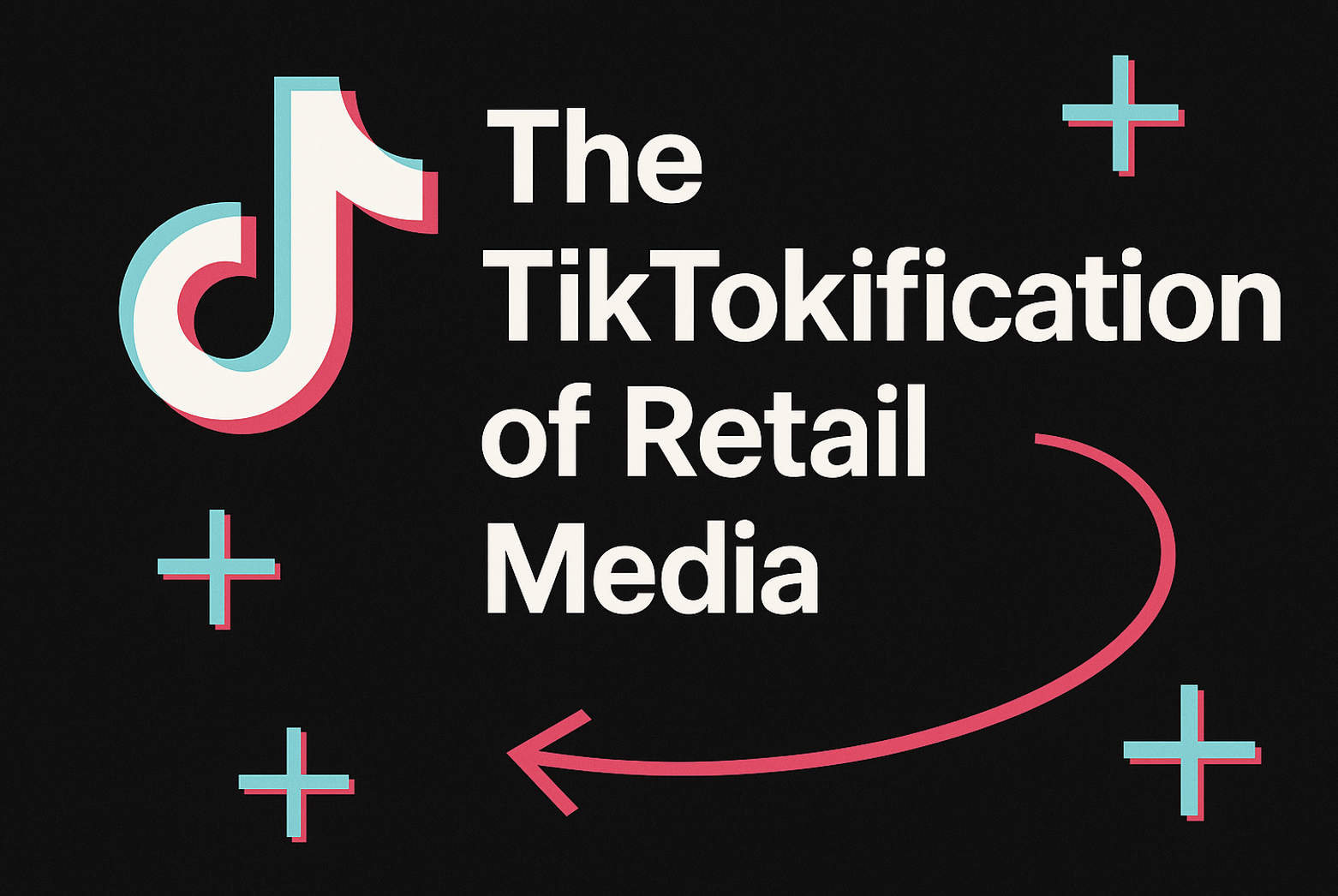Stores are continuing to close as the coronavirus pandemic has pushed shopping online further and faster than ever before. Footfall to stores is down, according to the latest figures from Springboard – but 40% of September retail sales took place online, according to the British Retail Consortium. So where does the industry go from here?
Stores close as shoppers move online
More than 11,000 shops closed down in the first seven months of the year alone, as Covid-19 closures have pushed shoppers to buy online, a new study suggests. In all, 11,120 shops have closed down in the year to August, while 5,119 shops opened – a net loss of 6,001 shops. In the same period last year, a net 3,509 shops closed, according to figures from The Local Data Company and PwC UK.
Since then, shops have only continued to close. On Friday it emerged that the Edinburgh Woollen Mill Group has closed 50 shops from a store estate of about 1,100. The closures come at a time when the group is reviewing the future of its brands, from Edinburgh Woollen Mill and Peacocks to Jaeger and Austin Reed. Most of the closures affect the Edinburgh Woollen Mill and Peacocks brands – which each have around 500 shops. Both tend to be bigger in the north of the UK, which has been disproportionately affected by local lockdowns. Edinburgh Woollen Mill shoppers are often older or tourists – both groups that have been discouraged from visiting shops in recent months. By contrast, Jaeger, with a stronger online presence and a smaller number of shops, may be better placed for the future.
Adding to the pressure on shops, the Welsh government today announced that non-essential retail stores would close again in a two-week lockdown starting on Friday as the country aims to bring down its coronavirus infection rate. The announcement comes at a time when the number of visitors to shops was already falling in what’s being seen in part as evidence of the effect of the English tiered lockdown. Today’s Springboard figures show that UK footfall fell by 3.1% last week, compared to the previous week – and is still 32.3% lower than the same time last year, after falling from -30.9% last week. The weekly decline is steady across high streets (-2.8%), retail parks (-3%) and shopping centres (-3.5%), although the annual decline is much more pronounced in high streets (-40%) and shopping centres (-34.6%) than retail parks (-13.2%). Footfall fell more sharply, week-on-week, in regional cities (-5.7%) than market towns (2.1%) or coastal towns (-1.2%), while central London visitor numbers fell 2.3% from a relatively low base.
Diane Wehrle, insights director at Springboard, said: “The additional Covid tiered restrictions and an immediate impact on footfall in retail destinations last week, with an across the board week on week decline.” She added: “Somewhat inevitably, given the advice for people to work from home and the increased restrictions on travel, footfall regional cities declined by significantly more than in smaller towns around the UK. The drop in footfall in regional cities outside Central London was twice that in the capital, undoubtedly a function of the fact that footfall has already declined in Central London by far more than elsewhere. It is also no surprise that the drop in footfall in the North & Yorkshire region was more severe than in any other area of the UK.” And she said the 10pm closure of hospitality was having a clear impact on high street activity, with greater declines in footfall after 6pm than during the day.
But while store visitors and the number of shops is reducing, shoppers have been spending as much as they did, if not more, since July. Recent BRC figures suggest that shoppers spent 5.6% more in September 2020 than they did a year earlier. The more significant change is in the proportion of sales taking place online: in September 40% of sales were online, up from 31% a year earlier.
Ralph Robinson, retail principal at consultancy BJSS says: “Ecommerce sales have boomed during Covid-19, but this trend has been building gradually since the advent of the internet. For the most part ecommerce takes advantage of physical retail’s two biggest weaknesses: consistency and transparency. Online, price comparisons, detailed customer reviews, and purchase support are available at the click of a button, and the experience is the same every time. Granted, the physical store has more potential to delight its customer base through exceptional customer service, but for every exceptional customer experience we are met with multiple shopping experiences which are average at best. Furthermore, the pandemic has prompted shoppers to try online shopping for the first time, and now, according to Argos, one in four shoppers is ‘practically addicted’ to online shopping, with no sign of wanting to give it up.”
Where do shops go from here?
Lisa Hooker, consumer markets leader at PwC, says that shoppers are now changing their attitudes to shopping in a way that’s becoming the new normal. But while shops in locations that have are previously flourished are now missing out, that’s not universally true. She says, “There’s been a resurgence of interest in local high streets. The practicalities of lockdown and the increase in working from home mean that independent shops tend to be located where consumers increasingly are.” Value retailers, takeaways and locksmiths are all benefitting from the move to local high streets, and, says Hooker, “despite the stark numbers there remains a future for physical stores. We all still want and need to physically visit shops and leisure operators, it’s likely then that whatever happens retail will come out of this smaller but stronger.”
Jonathan House, devolved and local government lead partner at PwC, sees a “once in a lifetime opportunity to reimagine high street”, where, “businesses, communities, local and central government need to come together and create liveable, vibrant and different places where people want to live, work and visit.”
And, says Lucy Stainton head of retail and strategic partnerships at The Local Data Company, “as with any economic turmoil, there are opportunities for retailers who are able to weather this storm, with the availability of prime property, increased activity and spend in local centres and changing consumer habits. Agile retailers who are able to innovate and adapt quickly, such as Pret launching its coffee subscription service or e-bike retailer Pure Electric who have opened 13 stores this year will be the most resilient as we head towards the end of a year which arguably has been the most challenging in recent history.”
Land Securities, which today unveils its future growth strategy, says it too is looking to reimagine retail, rethinking the way it does business in its six regional shopping centres and finding new ways to invest in mixed use urban sites. It had previously worked on the assumption that its city centre shopping centres were best place to compete against the rise of online and multichannel shopping in terms of offering both experience and convenience. It now says that the retail sector is facing “clear structural challenges as a result of the emergence of online shopping” that have been “accelerated by Covid-19”, but concludes that “not all retail is the same.”
The property developer and operator is now looking to more sustainable rents, and rethinking the shopper experience that its centres offer.
It says: “Regional shopping centres have been most impacted by these challenges, but these represent only 13% of our portfolio and our shopping centres are amongst the very best in the sector. Of the balance, our outlets remain an attractive subsector, many of our suburban shopping centres offer significant repurposing potential and our investment in retail parks is modest.”
BJSS’ Robinson says: “Even now, bricks and mortar stores have three trump cards they can invest into: convenience, service and trial. One day delivery is often still slower than popping to the shops, and even Amazon Prime’s two hour delivery is no good if you need to feed a hungry two year old. Whilst live chat, video consultations and improved chatbot technology have enhanced the online experience, the store will always have the potential to have the upper hand, by providing highly personal, tailored, face-to-face service.
“Finally, and most importantly for fashion retail, is the trial of products. Not being able to see, touch and feel the real product, especially for high ticket items, can be a huge blocker for converting even the most interested consumer. Therefore, in a world where many are working from home, with all social interaction conducted via a screen, physical retail actually has the chance to leverage its strategic advantage and use highly skilled colleagues in-store to connect with their customer base in a way that exceeds the tedium of yet another Zoom call.”








